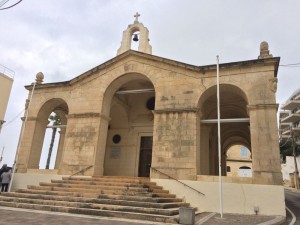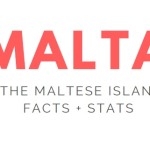
The Maltese Government has put into action the scheme set out by the Ministry of Justice & Local Government, to restore various properties around the Maltese islands. Local Councils were asked to propose sites in need of restoration, of which they produced 25 different sites. Out of these 25 submissions, 6 of them have been approved for renovation. These sites are:
#1 The Chapel of the Beheading of St John in Siggiewi
Chapel of St John in Siggiewi[/caption]The church was built in 1730 together with a residence for the priest in charge and a Capuchin hospital. The church was administered by the Capuchins during WWII. Nowadays it is used for Perpetual Adoration Monday to Saturday.
#2 The Chapel of St John the Baptist in Gharghur
This Chapel is said to have been built in 1223 by banished inhabitants of Celano, Italy. It was previously Gharghur’s Parish Church. Bishop Balaguer closed it in 1659 but it was rebuilt in 1675 and re-opened for service.
#3 The Niche of Our Lady of Mt. Carmel in Paola
Our Lady of Mount Carmel is the title given to the Blessed Virgin Mary in her role as patroness of the Carmelite Order. The first Carmelites were Christian hermits living on Mount Carmel in the Holy Land during the late 12th and early to mid-13th century.
#4 The Tal-Matla Wall in Mqabba
The Tal-Matla wall is located just behind the reservoir of Mqabba, and served as a footpath into the village cemetery and for those farmers who had their fields in the area.
#5 The Parish Centre of Hal-Safi
As are most houses in this village, this house is very old and they belonged to important Knights of St John. The Knights had various houses in different villages. Safi was no exception and such buildings are indeed common in all Maltese villages.
#6 The Chapel of San Pawl tal-Hgejjeg
The Sanctuary known as San Pawl tal-Ħġejjeġ was built by Grand Master Alof de Wignacourt. The church was completely destroyed during an air-raid in 1943 and was rebuilt on the original designs in 1957. It has three paintings depicting scenes of St Paul’s shipwreck, attributed to Cassarino although others attribute them to Lionello Spada, both disciples of Caravaggio.
In the past 3 years this scheme has restored over 50 different properties and sites in 31 different localities, with intentions to keep that number growing.








